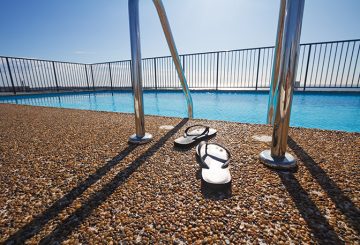A remote-working trend appears to be behind Taranaki’s rising housing prices.
In contrast to most of the country, where house prices are dropping, figures released by CoreLogic this week show that Taranaki’s prices are up more than 10 percent.
A real estate agent with Harcourts, Mike Powell, told RNZ News that he noticed the region has been going against the national trend.
“New Plymouth in particular but Taranaki in general is holding up very well and in fact last quarter we were the only region in New Zealand to show an increase in price over the same time last year, which was 1.76 percent – most other regions dropped,” he said.
He thought that an increase in remote working was responsible for the demand.
“The Covid thing had a very big part in people’s lives and many of them found they didn’t need to necessarily work in an office and some of them found they didn’t need to live in the middle of a big city to work.
“And so they’re relocating to lifestyle choices, schooling choices, warmth and the sun and New Plymouth stacks up very well from that point of view.”
Owner of New Plymouth-based Manifold co-working space Graham Nelson said he had never been so busy signing up new members.
“As a result of Covid and the lockdowns that people have lived through it’s really fast-tracked remote working.
“So, their employers are far more comfortable with them not working in the office and I think these individuals are thinking then what am I doing living in Auckland spending time in traffic all those sorts of things when I could be living in a lifestyle destination like Taranaki.”
Engineer Ben Dixon returned to Taranaki after living in Wellington for more than a decade.
“For us it was not so much the house prices but the proximity. We were looking at houses in Wellington that were 45 minutes to an hour out of town whereas here we live in a house 10 minutes walk from town,” he told RNZ News.
“I would say the equivalent house in Wellington would be over a million dollars in Aro Valley and here we definitely didn’t pay that much, so for us it’s a big win for us in that regard.”
The average house price in Taranaki last month was $755,000, up $30,000 from a month ago and up $50,000 from a year ago.






















































-660x440.jpg)